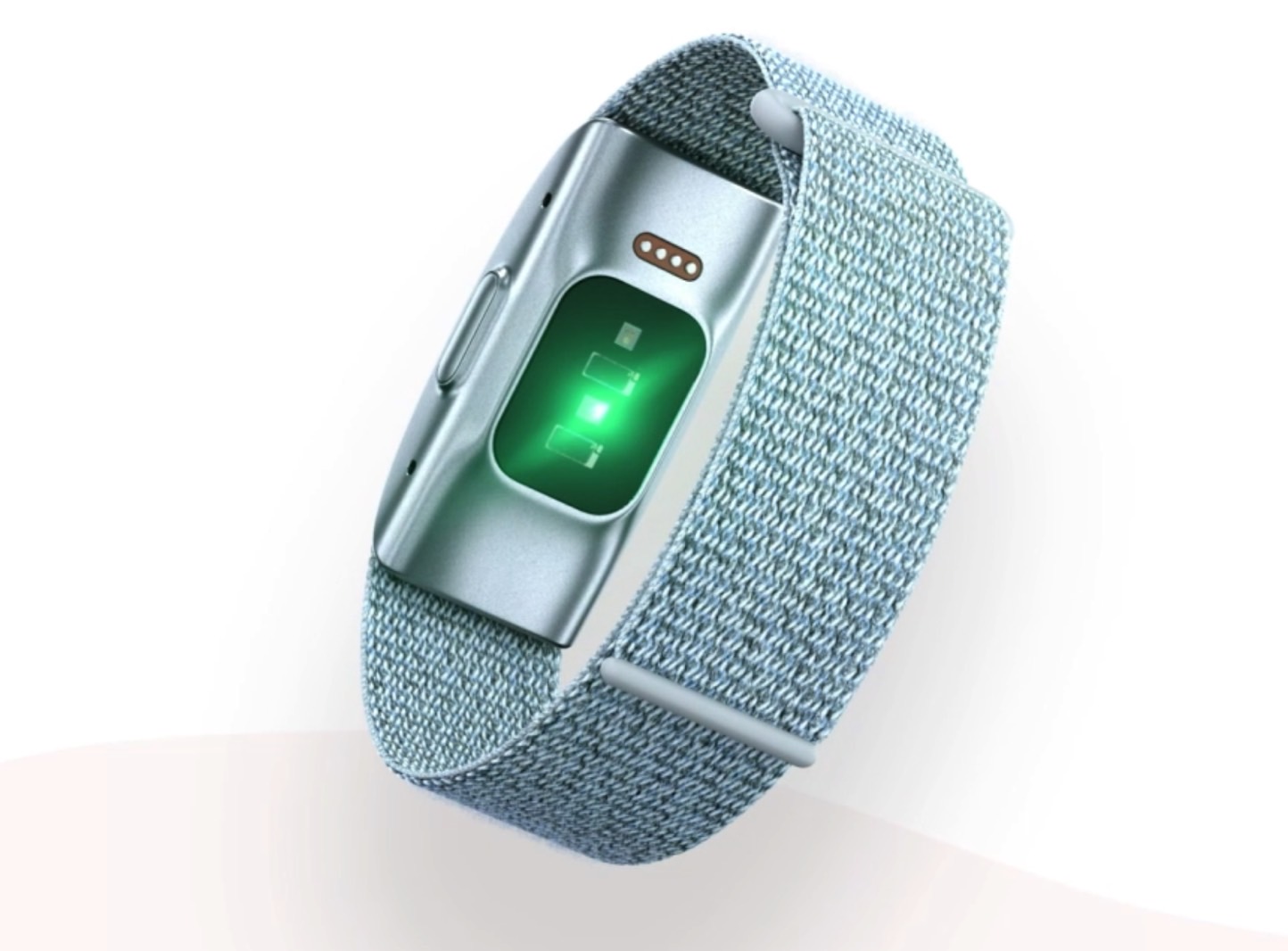


What this means is that it can only tell I’m lifting weights or using the elliptical by examining my heart rate at that time. Physical activity is my primary motivation for using a tracker, and where Fitbit does some auto-sensing for activities like walking, running, and so, and lets me manually start and stop weight-lifting and elliptical trainer usage right on its screen, the Halo has no display and only provides automatic activity sensing. With regard to the default trackers, they seem to work well enough. As Amazon notes, this type of measurement is a more accurate way of determining your general healthfulness and expected longevity than the more common body mass index (BMI) measurement, which is based only on height and weight. And Body scan lets you get a body fat measurement using your handset’s camera. Tone uses the tracker’s microphone to sense the tone of your voice as you talk throughout the day.

You can also optionally use two intriguing but privacy-invasive features, Tone and Body scan. (But then so was Amazon’s Fire Phone, and we all know how that went.) Instead of the litany of sensors offered by smartwatches and high-end fitness trackers, the Halo just does a couple of things in real-time: It monitors your heart rate, your activity (which is determined by heart rate), and your sleep. One of Amazon’s key strengths-and it’s starting to get them into regulatory trouble-is identifying key customer needs and then delivering low-cost solutions that undercut the current market leaders.Īnd on that note, Halo is … quirky and different. To be clear, this is just an assessment for my own needs: I do feel that some people might prefer a display-less fitness and health tracker, and there is no doubt at all that a market exists for low-cost trackers of whatever stripe. But the biggest dealbreaker for me is the screen. It offers only a small range of health measurements and its key features are quirky and weird. Even after just a few days, it’s already obvious that the Amazon Halo just isn’t for me.


 0 kommentar(er)
0 kommentar(er)
